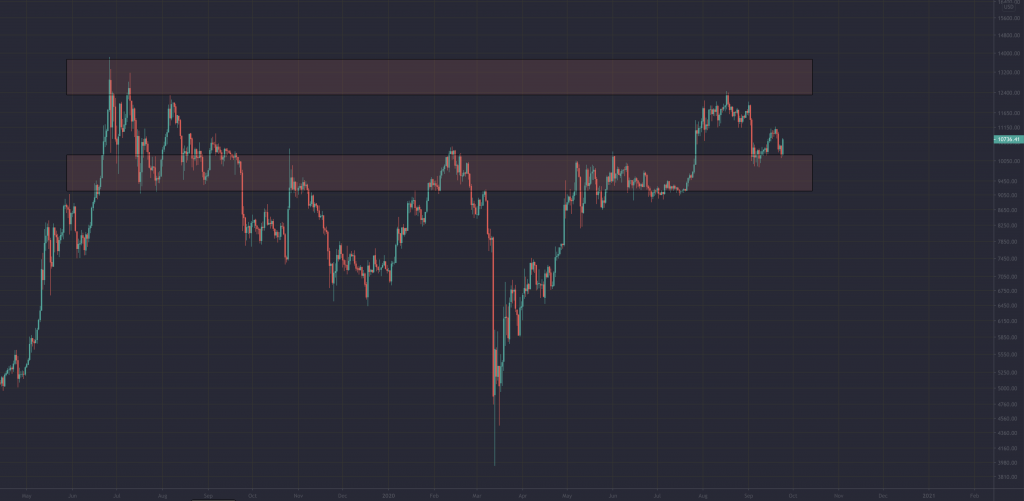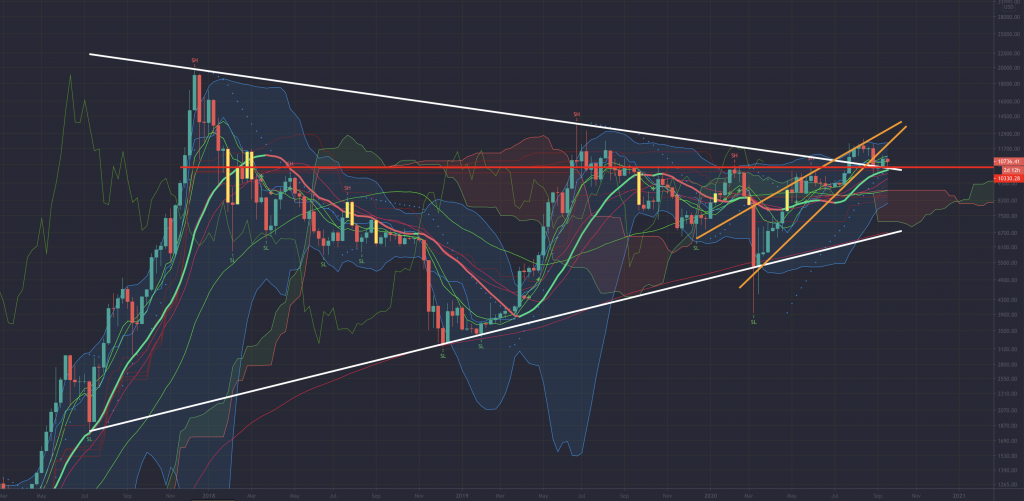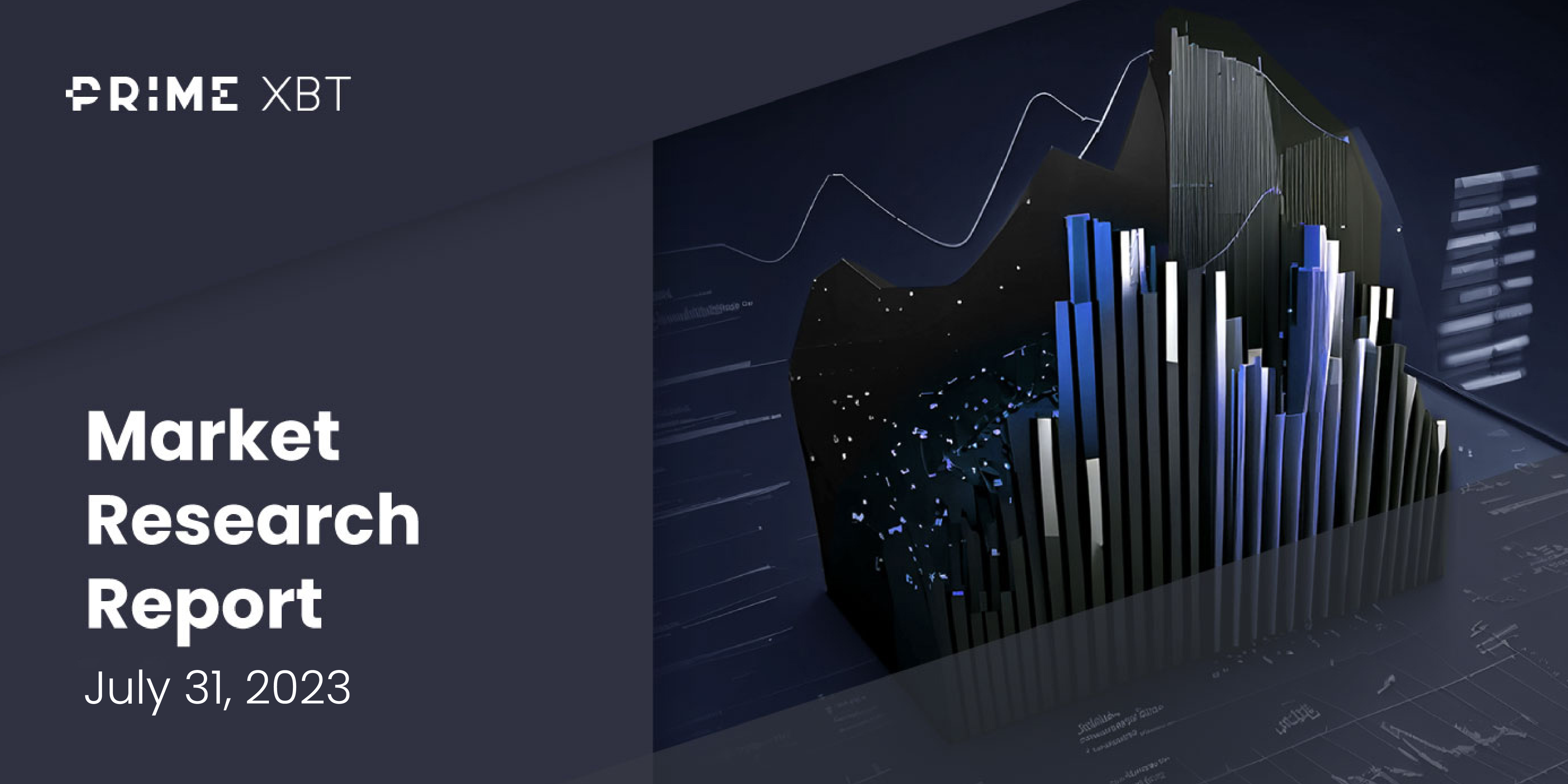There are predominantly two types of participants when it comes to financial markets: investors and traders. The line between these two blurs at times, and more often than not, investors ultimately turn into traders when they come to certain realizations.
The first epiphany always comes after at least a few months of investing. Every investor has experienced growth periods, followed by drawdowns causing unrealized paper gains to evaporate into thin air. It is difficult not to imagine how much money you would have instead if only you sold the asset high and rebought it lower.
This is the basic concept behind regular spot trading, but even spot traders eventually realize that additional derivatives contracts exist that can further amplify the maximum impact of a trading opportunity through the use of margin accounts.
Margin traders are the most serious traders, ready to take a higher risk for a chance at improved ROI. But because there is a higher level of risk, the preparation, strategy, and skills required to succeed also increase exponentially.
Unfortunately, those new to margin trading often learn the hard way that positions are more challenging to manage and require a slightly different approach to timing entries, stop loss placement, and more. Even the best traders out there eventually make mistakes – its how we as humans learn.
Here are some of the most common mistakes margin traders make, along with tips on how to avoid them in the future.
Failure to plan and prepare
Unlike investing, merely buying when you’re ready to get started is a plan poorly executed out of the gate. The first step any trader should take before even considering opening a trade using a margin account is to open up a price chart for the asset you’re interested in trading. Finding areas of support and resistance, examining trend strength, and more should be considered to avoid getting into a position that doesn’t make sense. All traders should build a plan that includes a target entry point and target exit where profits will be taken. In addition, technical analysis can be used to find where to place stop-loss levels in accordance with the capital you’re comfortable putting at risk.

Lack of record-keeping and a trading journal
As mentioned, humans learn best from mistakes. There’s no more powerful lesson learned then when capital is lost. But the only way to learn from these lessons is to understand better where you went wrong. Keeping a trading journal is recommended so that any losing positions can be put under a microscope to find clues as to what could have been improved in the future. Keeping accurate and regular records and regularly reviewing the data is vital to becoming successful consistently.
Unable to suitably manage emotions and control decision-making
Even the best-laid plans can go awry if the trader behind the strategy cannot execute properly. Most of the time, emotions get the best of traders when they either experience a massive win (overconfidence) or a sizable loss (revenge trading). Greed can force traders to hold onto winning positions too long, watching them turn into losses instead. Fear can prompt a trader to miss out on a financial opportunity. Learning to manage these emotions are just as crucial to success as managing positions themselves.
Trying to time tops and bottoms
Once traders get some experience and success behind them, confidence builds, and it is easy to get swept up in the idea of perfectly timing tops and bottoms. Doing so is pure luck, and likely not worth the risk involved with trying to get it right. When trends are at their strongest, assets often overextend in their price movements beyond what standard technical targets would suggest. This can lead to wicks into resistance and multiple tests of a high forming double tops and divergences before turning around. Tops and bottoms also take a lot longer to form than most would expect, making it even more difficult to get it right.
Overuse of technical indicators and drawing too many lines
This is one of the most common mistakes new technical analysts make by including far too much information on one price chart ever to be valuable. There’s too much clutter clouding up decision-making when there are too many indicators turned on and support and resistance lines drawn from every angle imaginable. Still, scroll through crypto Twitter or any trading sub-Reddit, and you’ll be shocked at the number of lines you’ll see on any given chart being shared.

Over-utilization of margin
Margin accounts give traders a world of flexibility when it comes to managing positions, but when an account has so much margin available that can be multiplied into massive positions, it can be tempting for overzealous traders to risk too much and overuse the account margin.
Taking too large or too many positions can use up account margin, and if any or all of these positions suddenly go against the traders, liquidation is possible. Watching margin closely and being careful not to add to losing positions or take too many positions at once is critical to ensuring risk is well managed.
Taking too many trades or chasing the trend
Overtrading is nearly as bad as making poor trades regularly. Overtrading leads to fees eating away at capital and increases the frequency of losses by forcing trades. When unsure of market conditions, sitting on the sidelines is often a wise move and can prevent losses from stacking up. It also keeps margin traders from chasing ongoing trends that are already in full effect. Suck up the fact that you missed this one, and instead prepare for when the current trend turns around. Trying to ride the last wave of a trend can end up leading traders to ride prices the other way toward losses.
Poor stop loss placement
To prevent against any extreme losses, traders place a stop loss above or below their entry depending on if it is a long or short position and hope that the price goes in the direction they want, without seeing their stop loss triggered. Regularly, traders complain about getting stopped out in the extreme cryptocurrency market volatility through what the community affectionately calls “Bart moves,” and “Darth Maul” candles. These shakeouts can be difficult to prepare for, but stop losses must be placed below support and above resistance, to prevent wicks into each zone from taking out stop losses. Its also critical to remember to base stop loss placement on risk to reward ratio also so that the capital available isn’t cut down to nothing just to avoid getting stopped out by a wick.

Following the herd mentality
Newer traders very regularly listen to those they view as their mentors and other top traders on social media, or even media outlets they follow. However, in shark-filled waters like financial markets, the tides turn quickly, and by the time market movements hit the news, it is often time that things turn around. Traders on social media often get swept up in hive mind sentiment, clouding decision making. Avoid listening to others, no matter what their experience level or credentials, and instead learn to listen to the charts and the market instead.
Ignoring multiple timeframes
Understanding how price action and indicators on multiple timeframes are connected can provide the most accurate picture of the overall market puzzle. By only looking at one timeframe, you’ve only got one piece of the puzzle. Connecting them together is when things start to make more sense, and you can get a better idea of what you are looking at in terms of overall market conditions and where a trend is. The highest timeframe signals dominate chart patterns, but major trend reversals always begin on the 1-minute timeframe, proving how valuable watching all timeframes and how they are related can be.
Risking more than you can afford to lose
Although this is easily the most common piece of advice all traders and investors receive, it is also the most overlooked and abused. Traders appear to ignore this and load up on margin positions that overexpose them and force overly emotional trade management. Unless you can “comfortably” afford to lose the money with no stress, and no sleep lost, then you shouldn’t be trading with that sum of cash or crypto. Instead, lower your position sizing and build into the sizing you want to achieve someday, safely, and slowly.
Choosing the wrong trading platform
Last, but certainly not least, another major area where traders regularly go wrong is by selecting the wrong margin trading platform in the first place. If you’re already here reading this, then congratulations, you are already making a great decision.
Flurex Option is an award-winning margin trading platform, offering unparalleled safety, security, and opportunity across forex, crypto, commodities, and stock indices all under one roof.
In addition to providing traders with all of the technical analysis and risk management tools they need to be successful, we also produce helpful guides, tips, and other content to assist our traders with achieving their long-term goals.
Consider these common mistakes margin traders make in the future when building positions, and stay tuned to the Flurex Option blog for more educational trading content.


